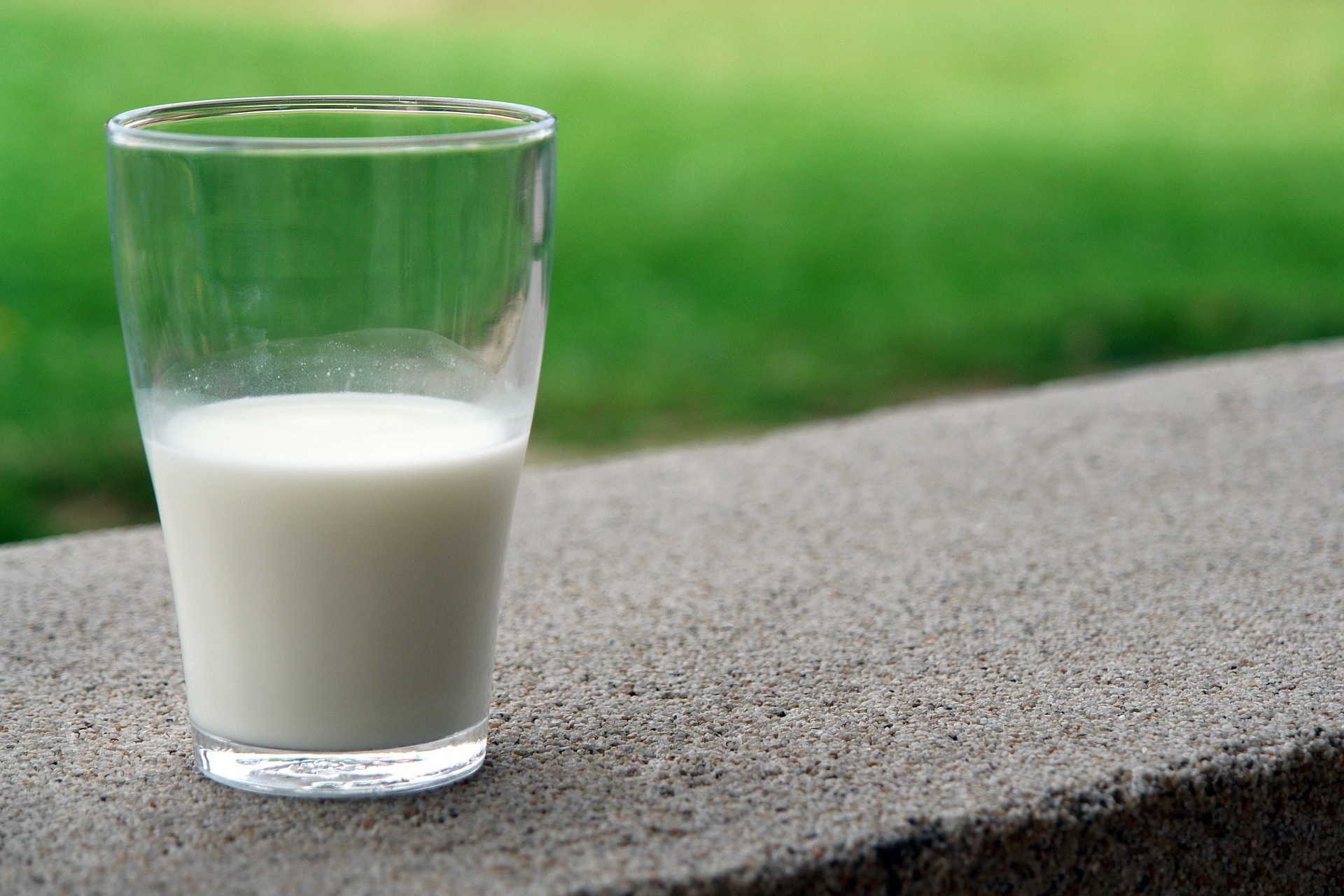This may be one of the more controversial Difference Betweens.
This is also one of those posts that could easily go on forever in a million different directions, so I’m going to try to give it to you on the straight and narrow: the difference between raw milk and pasteurized milk.
Raw milk is what it sounds like – milk, straight up, right from the cow. (Or sheep. Or goat.)
Pasteurized milk by definition is: to expose (a food, as milk, cheese, yogurt, beer, or wine) to an elevated temperature for a period of time sufficient to destroy certain microorganisms, as those that can produce disease or cause spoilage or undesirable fermentation of food, without radically altering taste or quality.
We can thank the late Louis Pasteur for coming up with the process of pasteurization in 1864. It was an amazing discovery at the time, preventing many serious illnesses such as typhoid fever, tuberculosis, and listeriosis.
Pasteurized milk is milk that has been heated for a brief period of time to kill these harmful organisms – usually 162 degrees for at least 15 seconds. Then, the temperature is brought back down.
According to the FDA and the CDC, raw milk can carry serious bacteria like Salmonella, E. coli, and listeria, all of which can be responsible for various foodborne illnesses. Children, teens, the elderly, the pregnant, and those with weakened immune systems are particularly vulnerable to contracting these potentially catastrophic diseases.
Advocates of raw milk argue that while the pasteurization process kills harmful bacteria, it destroys nutrients too. Raw milk, if it comes from a clean, healthy cow, is completely safe for consumption.
The best article I found on raw milk versus pasteurized milk was from DairyMoos.com, a blog by a dairy farm. They break down the pros of each quite nicely: raw milk is natural with more nutrients; pasteurized milk is safer with a longer shelf life.
The other resources I checked out: the FDA, Eating Well, RealMilk.com, DontWasteTheCrumbs.com, Skeptoid.com, Salina.com, and SeriousEats.com here and here.
Based on the information I collected, I came to the following conclusions:
- Raw milk has more nutrients than pasteurized. But not significantly so.
- Pasteurized is undoubtedly the safer bet.
- Cheese made from raw milk is completely safe, assuming it’s been aged the minimum 60 days.
- The meat industry has a lot more problems as far as food borne illnesses go, over raw milk or any other dairy product.
Both raw milk and pasteurized milk:
- Will upset lactose intolerant people.
- Need to be refrigerated.
- What the cow eats and how they live will affect the taste.
Here’s the other thing about raw milk, with regard to children: farm kids are less likely to develop problems from bacteria in it, just like they’re less likely to have allergies, and more likely to have stronger immune systems.
Therefore, this needs to be taken into account when looking at studies done on kids who drink raw milk and health problems that can ensue.
The feeding of raw milk to children controversy is sort of akin to intentionally bringing your kid around a neighboring child who has the flu going around, or chickenpox. Some parents think that makes sense – they want them expose them to the bacteria, get it in their system, build up a resistance, etc. Others think that’s nuts and risky.
If it was me? I probably wouldn’t take the risk with my child, honestly.
But if you have had raw milk and you enjoy it (the taste is reportedly quite different), I think the risk level is low enough that you should be fine. This is providing you don’t fit in under the poor immune system/child/teen/elderly/pregnant groups, of course.
In conclusion, raw milk is as natural as the name suggests, while pasteurized milk has been heated to kill harmful pathogens.
(The difference between whole milk and skim milk is here.)
